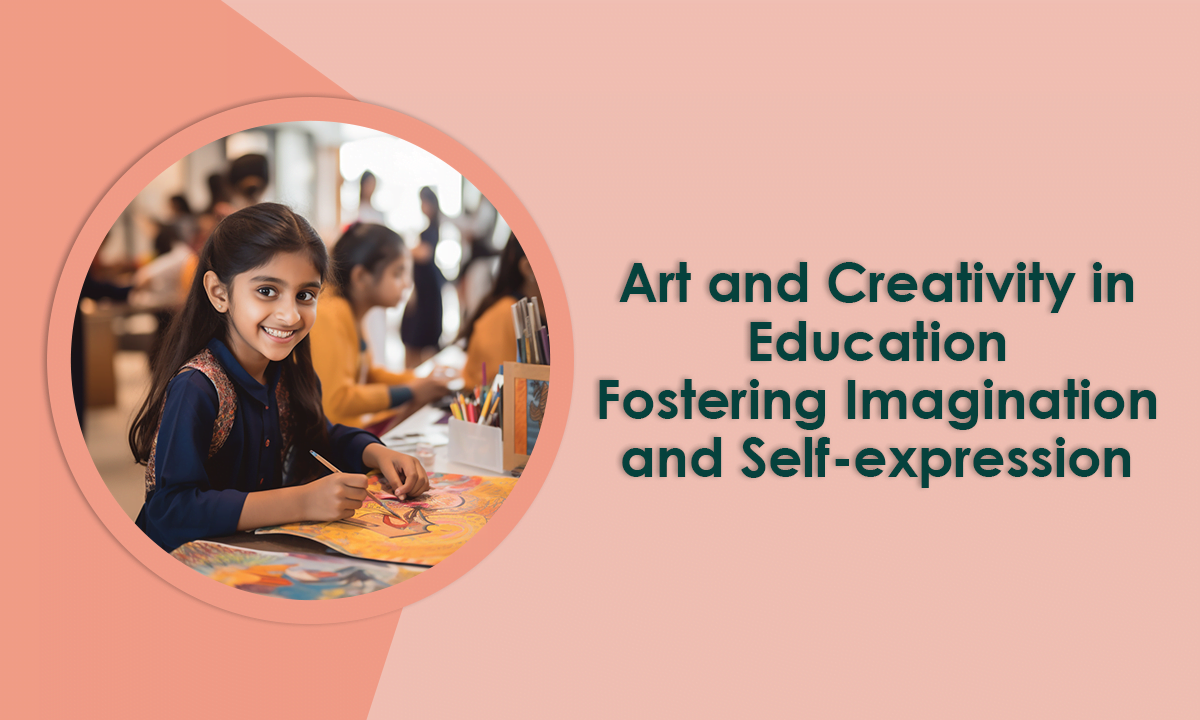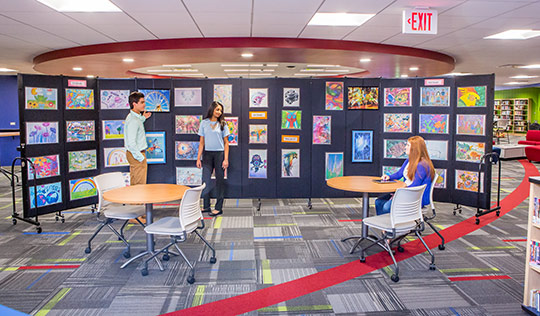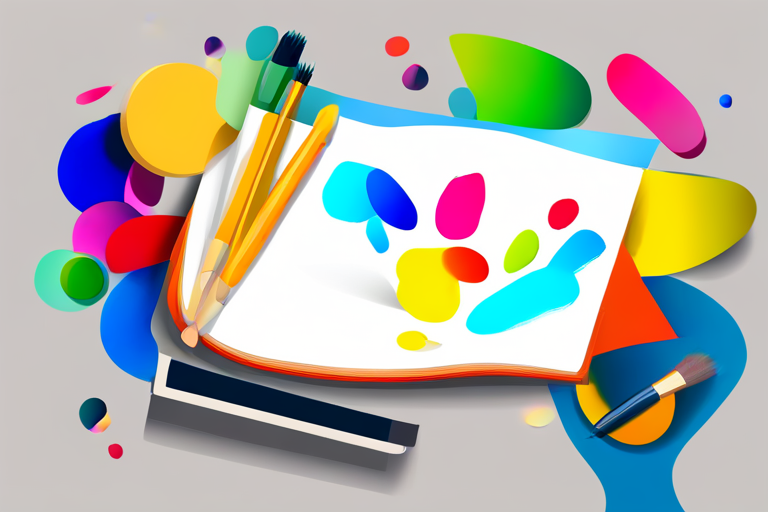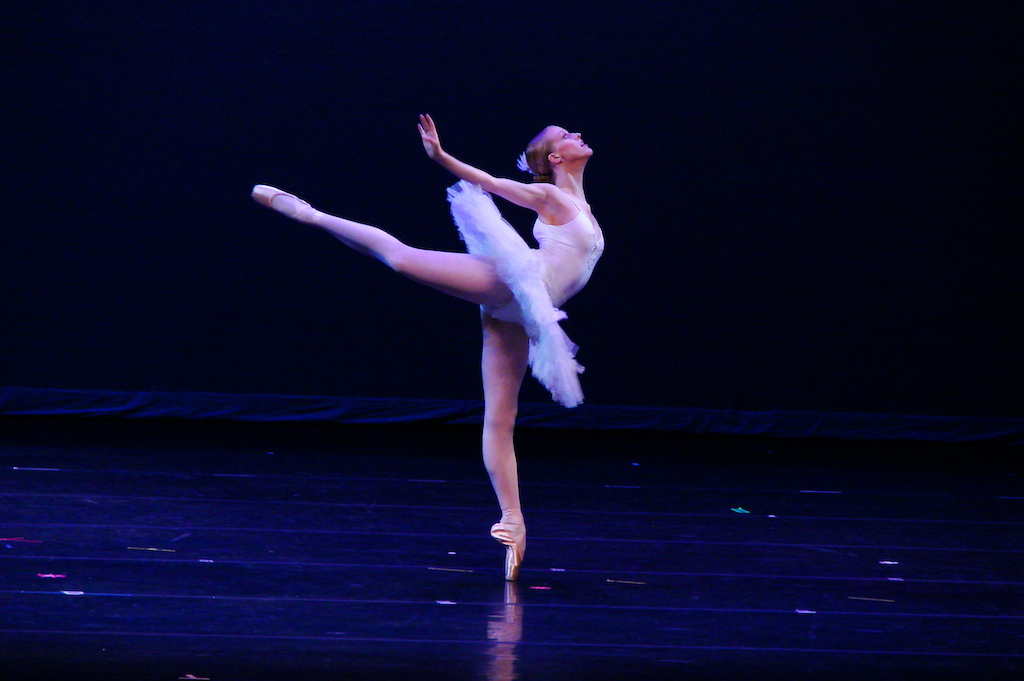Art education plays a significant role in fostering creativity, critical thinking, and personal growth. It provides a platform for individuals to express themselves, explore their ideas, and communicate with the world. In this blog post, we will dive deep into the unlimited potential of art education and how it can enrich the lives of students. Whether you are a parent, educator, or a student yourself, understanding the profound benefits of art education can lead to its effective utilization and integration into various learning environments.
1. Enhancing Creative Thinking:
Art education encourages students to think outside the box, explore new ideas, and unleash their creative potential. Artistic expression allows individuals to challenge conventional boundaries and find innovative solutions to problems. By engaging in art activities, students learn to approach challenges with open-mindedness and develop a unique perspective that can be applied across different disciplines.
2. Promoting Emotional Well-being:
Art offers a form of self-expression that can be cathartic and therapeutic. Through art, students can explore and process their emotions, creating a sense of psychological well-being. The act of creating art allows individuals to channel their feelings and experiences into a tangible form, leading to a sense of relief, self-awareness, and self-empowerment.
3. Enhancing Critical Thinking Skills:
Art education nurtures critical thinking skills, which are essential for success in any field. Creating art requires students to analyze, interpret, and evaluate their work, as well as the work of others. By engaging in art-related discussions and critiques, students learn to express their thoughts articulately and provide constructive feedback. These skills transfer to other academic subjects and real-life situations, fostering analytical thinking and problem-solving abilities.
4. Building Cultural and Historical Awareness:
Art is intrinsically connected to culture and history. By studying art from different time periods and regions, students develop a deeper understanding of diverse cultures and perspectives. Art education exposes students to various artistic movements, styles, and techniques, enabling them to appreciate and respect different forms of artistic expression. This exposure broadens their knowledge and creates a more inclusive worldview.
5. Fostering Collaboration and Communication:
Art education often involves group projects, allowing students to work together and collaborate towards a common goal. Collaboration in art enhances interpersonal skills, such as effective communication, active listening, and teamwork. Students learn to respect diverse opinions, share ideas, and resolve conflicts constructively. These skills are essential for success not only in the art world but also in future professional and personal endeavors.
6. Developing Fine Motor Skills:
Engaging in art activities, such as drawing or painting, requires precise and controlled movements. Art education provides ample opportunities for students to develop and refine their fine motor skills. By practicing techniques like brushstrokes, shading, or sculpting, students enhance their hand-eye coordination and dexterity. These skills have far-reaching benefits beyond the art classroom, such as improved handwriting or better coordination in sports activities.
Integrating art education into the broader educational system is crucial to unlocking its unlimited potential. By recognizing its value and incorporating art into various subjects, schools can foster holistic development and create well-rounded individuals. Additionally, supporting community art programs and providing access to art resources can ensure that every individual, regardless of socioeconomic background, can benefit from art education.
In conclusion, art education offers an array of benefits that extend beyond creativity and self-expression. It enhances critical thinking skills, promotes emotional well-being, fosters cultural awareness, and develops important life skills. By recognizing and harnessing the unlimited potential of art education, we can unlock the full spectrum of benefits for students, enabling them to thrive academically, emotionally, and socially. Let us embrace and champion art education to inspire the next generation of creative thinkers and problem solvers.











